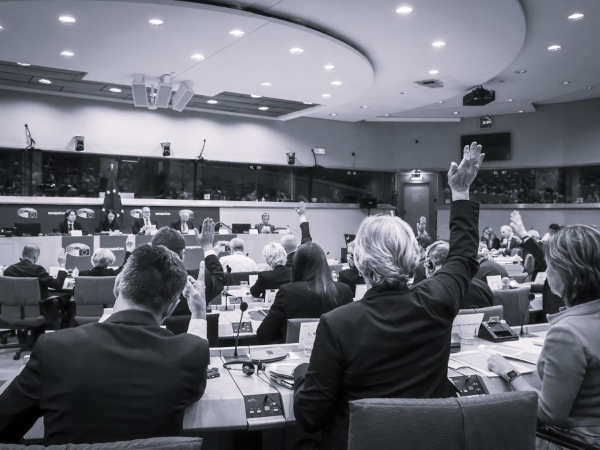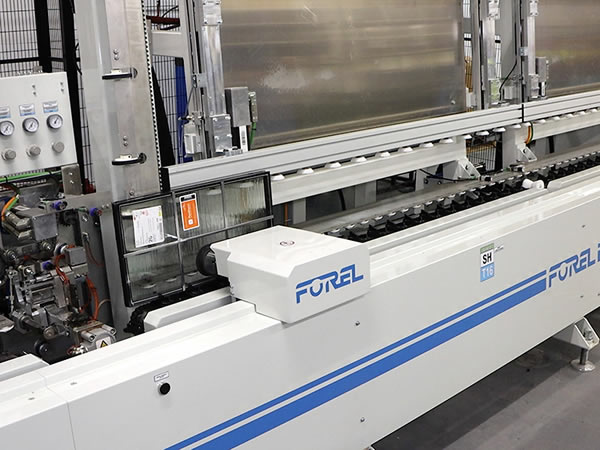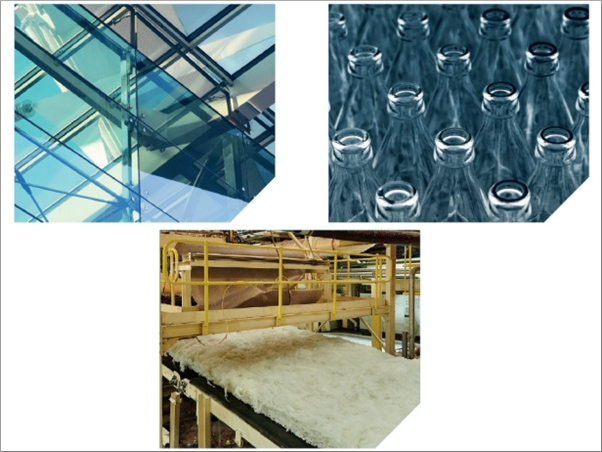Date: 2 June 2005
They monitored the change in the structure of zeolites from crystalline solids into an almost perfect glass on heating. They did this by recording vibrations involving groups of atoms in zeolites that were subsequently used to characterise the glass.
Due to their cage structure, zeolites have a low-density structure. They melt at around 900°C, lower temperatures than most similar materials, such as silica (sand), which melts at twice this temperature. If the heating is carried out at a slow rate, low-frequency vibrational modes are responsible for destabilizing the microporous crystalline structure. When the cages collapse, zeolites contract, becoming 60% more dense than in their original form, and they adopt the structure of a glass. "We have discovered the triggering mechanism", says Neville Greaves, principal author of the paper.
The result is a mechanically and chemically stronger glass than the glass used nowadays. "We believe this is the key to the synthesis of perfect glasses", asserts Neville Greaves. Would this mean no more broken wine glasses? "This research could lead to that, but such a glass is still far away. This would also mean making glass invulnerable to water, for instance", he explains. The final aim is to find out the conditions in which the perfect glass forms.







Add new comment